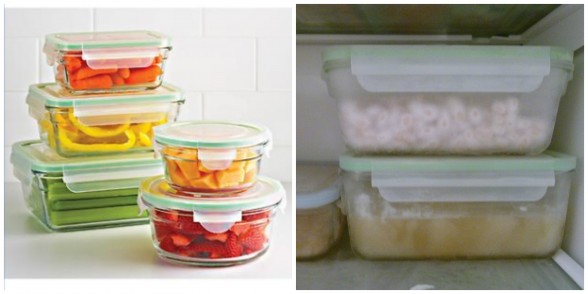

Thank you for all your feedback on the recent dinner planner posts! I have had several readers reach out to me asking about prepping ahead techniques, such as what vegetables are okay to prep in advance and what should be done at the last minute. Even though I try to give prep ahead tips with each dinner planner, I thought it would be helpful to write a separate post with more general guidelines which you can use when planning your personal meal plan for the week .
When it comes to prepping recipes for your week in advance, you really have to do what works for you. As a basic rule of thumb regarding produce, you have to be aware that it slowly loses its nutritional value beginning from the moment that it is harvested. So the fresher, the better. If you buy foods locally and from smaller vendors you have a better chance of the food incurring less “travel time.” There are other factors that affect that nutritional value as well. Any exposure to air, light, water, and certain temperatures can also affect the nutritional value. So aside from planting an entire garden in our own back yards, there isn’t a ton that we can do to protect fruits and veggies from the process. But by the time we are consuming these foods there are still plenty of the nutrients in tact and this produce is still very beneficial to your health.
How does this all pertain to prepping foods in advance? Because usually the further you prep things in advance, the more exposure they have to elements such as light and air and the more they are going to lose nutrients. This should not discourage you in any way from taking the steps that you need to take in order to cook more often, but rather just to give you the knowledge to make decisions that are right for you. So, can you prep veggies for something 4-5 days in advance and will it turn out ok? Of course you can. But prepping something the morning of is better than the day before is better than 2 days before and so on. If you have the flexability, the longer you wait to prep fresh produce, the better. I have created a guide below to show what different vegetables can be prepped in advance and which are best to do as you go. In addition, I have listed other foods that can be prepped ahead. This post is not, however, about what you can make ahead and re-heat. That is another post for another time. 🙂
VEGETABLES
Whether you are cooking a vegetable on its own or to be mixed with other ingredients (like a stir-fry or soup), you can prep it in advance. By “prep,” I mean wash, dry, peel (if appropriate) and cut up. If you are concerned about the vegetable getting dry in the refrigerator, you can always put a damp paper towel on top of the cut vegetables and store in a container.
You can also blanche vegetables 1-2 days in advance and store in the refrigerator. Blanching means to boil in salted water and then to shock in ice water. Drain, pat dry and refrigerate.
Vegetables to be added to a dish cooked, like a frittata, can be sautéed or roasted the day before and stored in the refrigerator.
Onions: Can be chopped or sliced a day or 2 I advance, but must be kept in a tightly sealed glass container or a doule-bagged Ziploc. If not, it will make your refrigerator smell like onions and could infuse into foods surrounding it.
Garlic: Can be peeled and whole cloves stored in a glass jar or disposable Ziploc bag until ready to use. Stays good for a week-10 days. Fresh minced garlic can loose its flavor/potency when done too far in advance, so I like to do as I go. I have seen frozen, minced garlic in markets. Those are fine as long as there are no preservatives added.
Carrots: Carrots can be peeled in advance (if roasting them whole) or peeled and chopped, shredded or grated up to 3-4 days in advance. Store in a sealed bag or container with an air-tight lid in the refrigerator.
Celery: Celery can be washed and chopped 3-4 days in advance. Store in a sealed bag or container with an air-tight lid in the refrigerator.
Kale and Collard Greens: Kale can be washed 2-3 days in advance. You can also de-stem it at this time. Store in a sealed bag in the refrigerator. Kale can be chopped/sliced 1-2 days in advance and stored in the refrigerator in a sealed bag.
Brussels Sprouts: Brussels sprouts can dry out, so I tend to slice these as I go. But prepping the day ahead is fine, especially if you’re going to cook them versus use them raw.
Broccoli and Cauliflower: Can be washed and cut into florets 2-3 days in advance. Store in a sealed bag or container with an air-tight lid in the refrigerator.
Fennel: Can be washed, thinly sliced or chopped 2-3 days in advance. Store in a sealed bag or container with an air-tight lid in the refrigerator.
Bell Peppers: Can be washed, cored and seeded 2-3 days in advance. Store whole or sliced/chopped in a sealed bag or container with an air-tight lid in the refrigerator.
Sweet Potatoes: Can be peeled and chopped 3-4 days in advance. Store in a sealed bag or container with an air-tight lid in the refrigerator.
Cabbage: Can be washed and chopped, sliced or shredded 1-2 days in advance. Store in a sealed bag or container with an air-tight lid in the refrigerator.
Winter Squash: Can be peeled, seeded and chopped 3-4 days in advance. Store in a sealed bag or container with an air-tight lid in the refrigerator.
Zucchini: Can be washed, chopped, sliced or shredded in advance 2-3 days in advance. Store in a sealed bag or container with an air-tight lid in the refrigerator.
Eggplant: Can brown when exposed to air, so I tend to peel/cut/cube/slice as I go.
Ginger: Can be peeled in advance and stored in the freezer. No need to defrost before grating.
Potatoes: Can be peeled or peeled and chopped up to a day in advance. Store in bowl of cold water in the refrigerator.
Avocado: Can be peeled, pitted, sliced or cubed 2-3 hours in advance. Arrange in one layer on a plate and cover tightly with plastic wrap, adhereing the wrap to the avocado to prevent any exposure to air.
Asparagus and Green Beans: Can be washed, trimmed and store in an air-tight container or a resealable bag for 2-3 days.
FRUITS
Citrus: Can be peeled and segmented 3-4 days in advance. Store in an air-tight container in the refrigerator.
Berries: Strawberries are the only berry I would wash or prep (hull, slice or dice) in advance. Blackberries, raspberries and blueberries are all best to wash as needed otherwise they can become soggy or moldy.
Stone Fruits (Peaches, Plums, Nectarines) and Pears: Best to wash and prep these as needed.
Melons (Cantalope, Honeydew, Watermelon), Mango and Pineapple: These can all be cut 3-4 days in advance and kept in a container in the refrigerator.
Apples: If slicing in advance, store in cold water to prevent oxidation.
Grapes: Can be washed and stored 4-5 days in the refrigerator in an open container.
Pomegranate seeds: can be stored 4-5 days in the refrigerator in an air-tight container.
FRESH HERBS
Cilantro, parsley, dill, thyme, rosemary, mint. Store in a glass jar with an inch of water at the bottom, and cover with a plastic bag. (See this post). After one week, change the water. If using within a few days, washed herbs can be put in a resealable bag and stored in the fridge. These herbs can be chopped a few hours in advance if neccasary but will give you best results if you do as you go. They can oxidize and loose flavor.
Basil, sage, chives: Herbs to wash as you need (will brown or wilt if done too far in advance) and to chop as you go.
GREENS
Heartier greens such as kale, swiss chard and beet greens can be washed and sliced/chopped 2-3 days in advance.
More tender greens such as butter lettuce, romaine, red leaf, green leaf can be washed 2-3 days in advance. Allow to dry for a few hours on a clean towel on your countertop or upright in a dish drainer in the sink. Store in a clean bag in the crisper. Tear or cut for salads just before serving to prevent oxidation.
GRAINS AND LEGUMES:
All of the following can be cooked 3-4 days advance and stored in the refrigerator. You can also prepare these 2-3 months in advance and store them in the freezer. If making any of these from scratch I always make extra and freeze. (Check out my post on How to Make Beans from Scratch). Defrost in the refrigerator or countertop and reheat on the stove with a little water when ready to consume.
Quinoa
Farro
Rice
Barley
Millet
Beans
Lentils
SALAD DRESSINGS
Salad dressings can be made in up to a week in advance and stored in the refrigerator or a cool, dark place in the kitchen. Dairy-based dressing should be refrigerated, and will only last for a couple of days. If refrigerated, dressings made with olive oil will solidify. So leave on the counter for a few hours to come to room temperature, and shake to re-emulfisy. Here are two great vinaigrettes I always like to have on hand.
STOCK
Chicken and vegetable stock can be made in advance and kept in the refrigerator for 3-4 days, or frozen for up to 3 months. Check out this post for how to freeze stock. Defrost in the fridge overnight or on your countertop for a few hours. Here are my recipes for homemade chicken stock and homemade veggie stock.
CHEESE
Most cheeses can be shredded or sliced up to 5 days in advance.
POACHED OR ROASTED CHICKEN
Pre-cooked chicken is convenient to have on hand for casseroles, salads, quesadillas and enchiladas. Cooked chicken can be stored for up to 2 days in the refrigerator in an air-tight container.
DRY MIXES
If you want to bake a cake or make pancakes, for example, you can mix all the dry ingredients ahead and store in an air-tight container at room temp for a month (or more!)
HARD BOILED EGGS
Can be cooked and shocked in cold water to stop the cooking process and refrigerated for 2-3 days.
CASSEROLES
Anything that is to be assembled and then baked can usually be made up to the point of baking and refrigerated, covered, 8-12 hours in advance (or even the night before.) Examples include baked ziti, mac and cheese, gratins, rice bake, and sweet potato casserole.
MARINADES
Can be made the day before you need them and stored in the refrigerator. Marinate meats or fish according to the recipe.
Containers: I use almost exclusively glass for storage in the pantry, refrigerator and the freezer. My favorite containers are by Glasslock because they are easy to clean, don’t leach, keep things airtight and stack well. I recommend the square and rectangular shapes over round since they use space more efficiently. You can find these containers at many supermarkets, Bed Bath and Beyond, The Container Store and amazon.com.

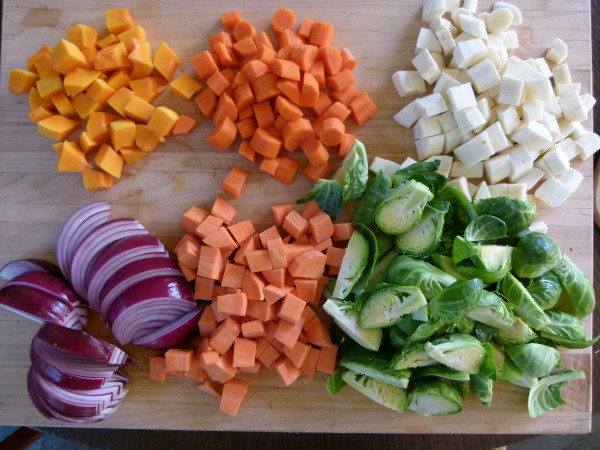
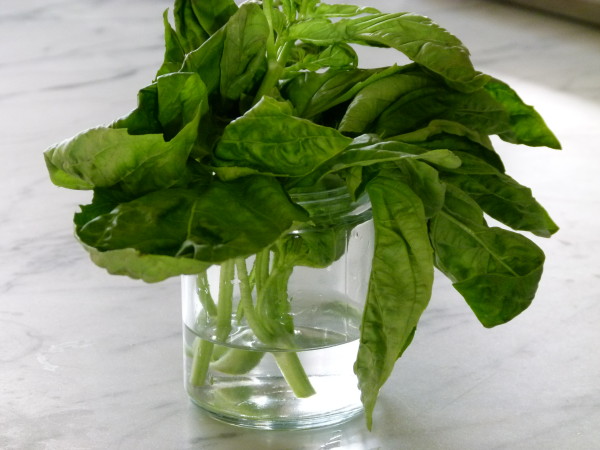

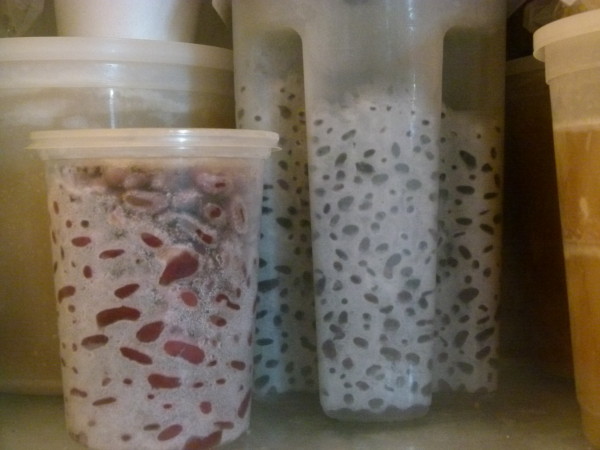
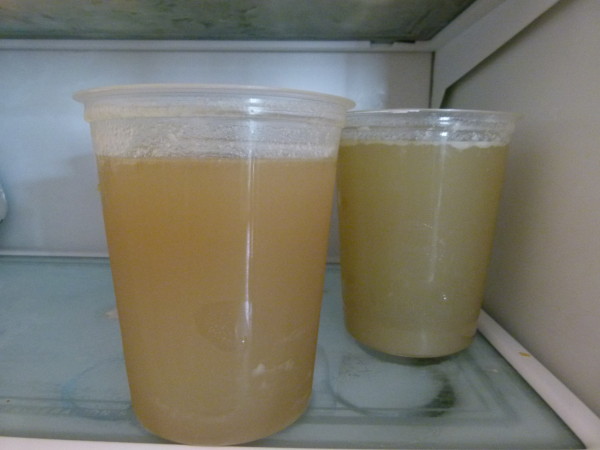

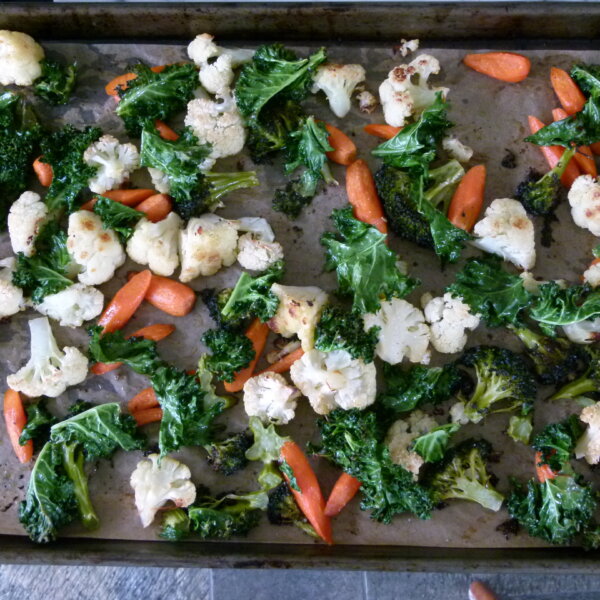







This is fantastic! It’s exactly what I was looking for. Thank you!!
You’re welcome!
Thanks for these great tips! It will make prepping for the week more efficient and less daunting and time consuming the night of the meal.
You are amazing. All the ?’s answered in one handy post. I’ve been doing the meal planning and it’s a game changer-this will help immensely with meal prep. Thank you
You’re so welcome!